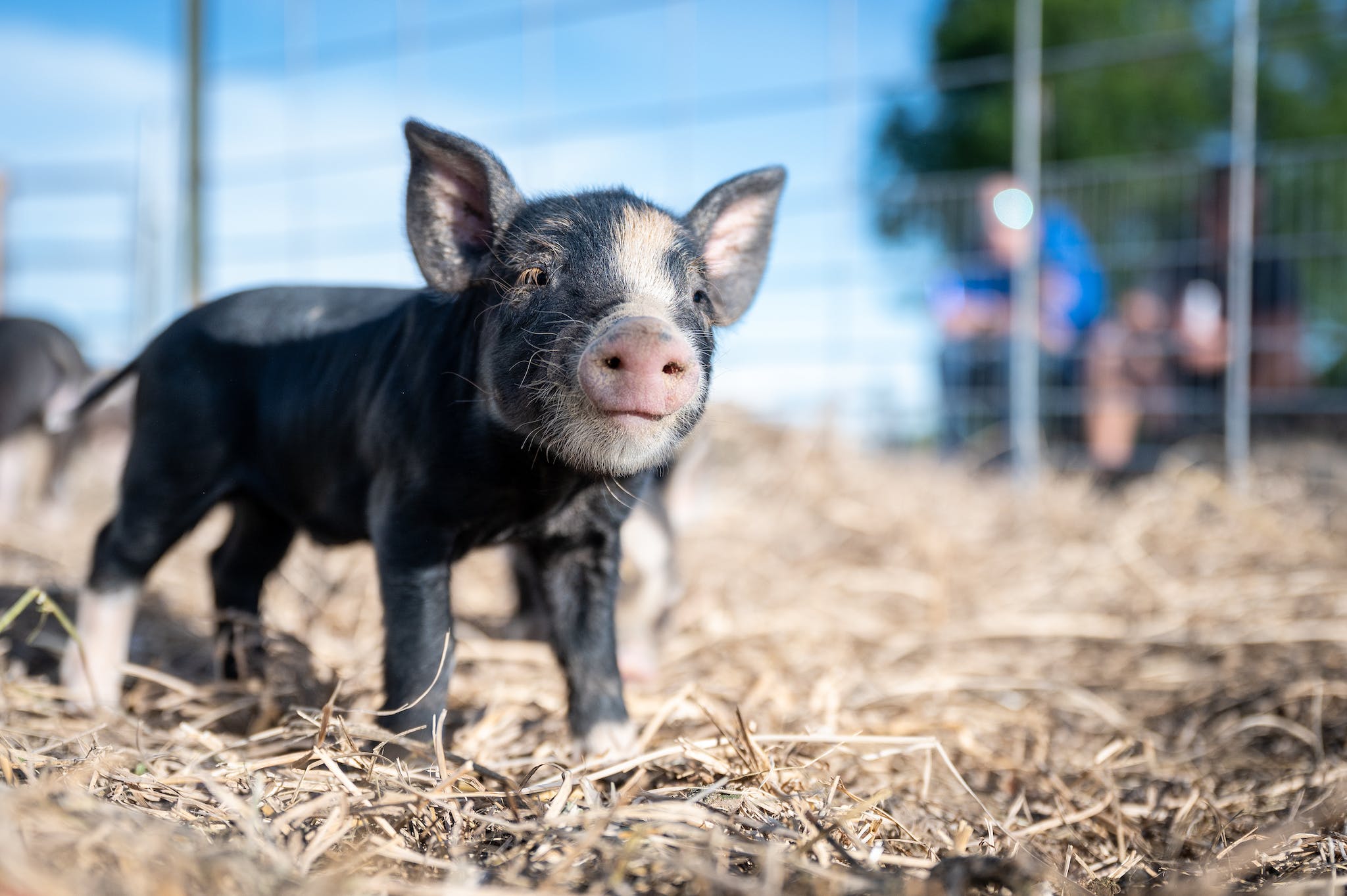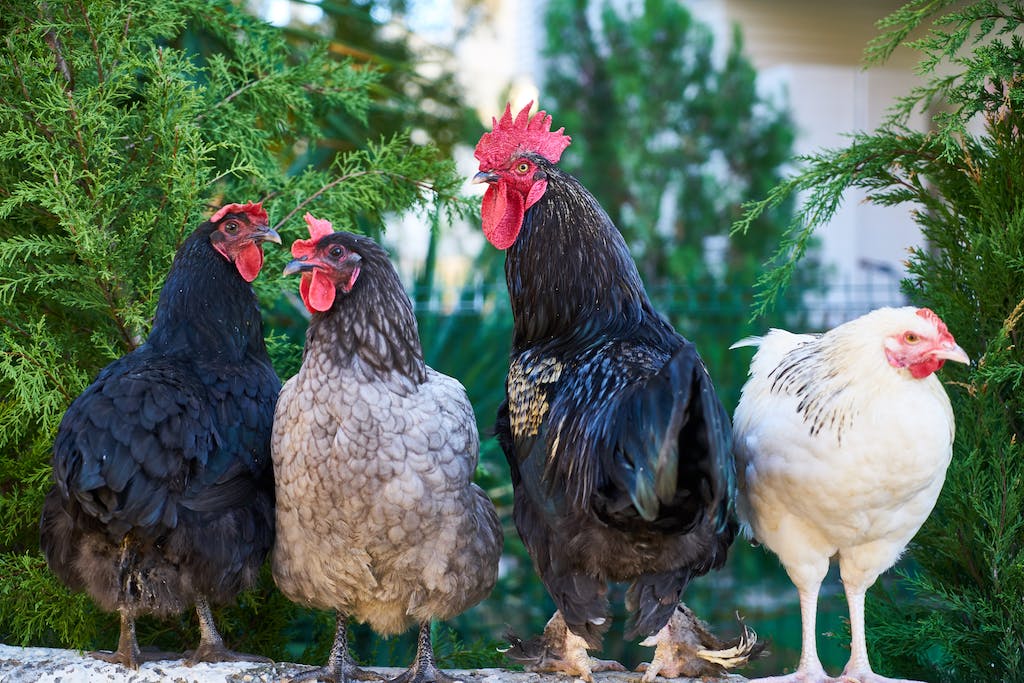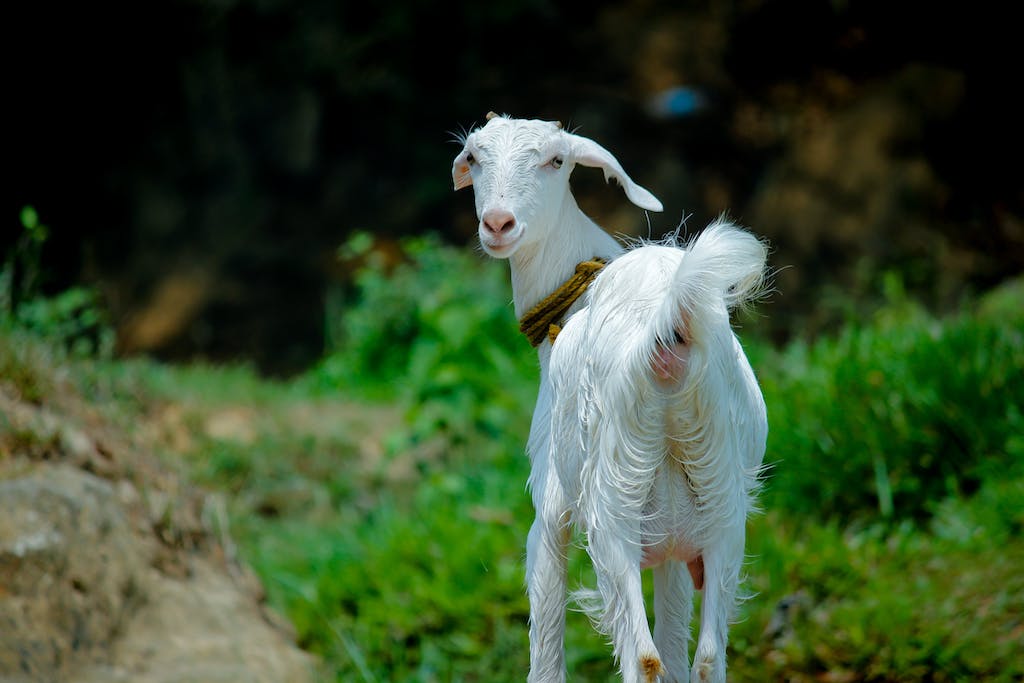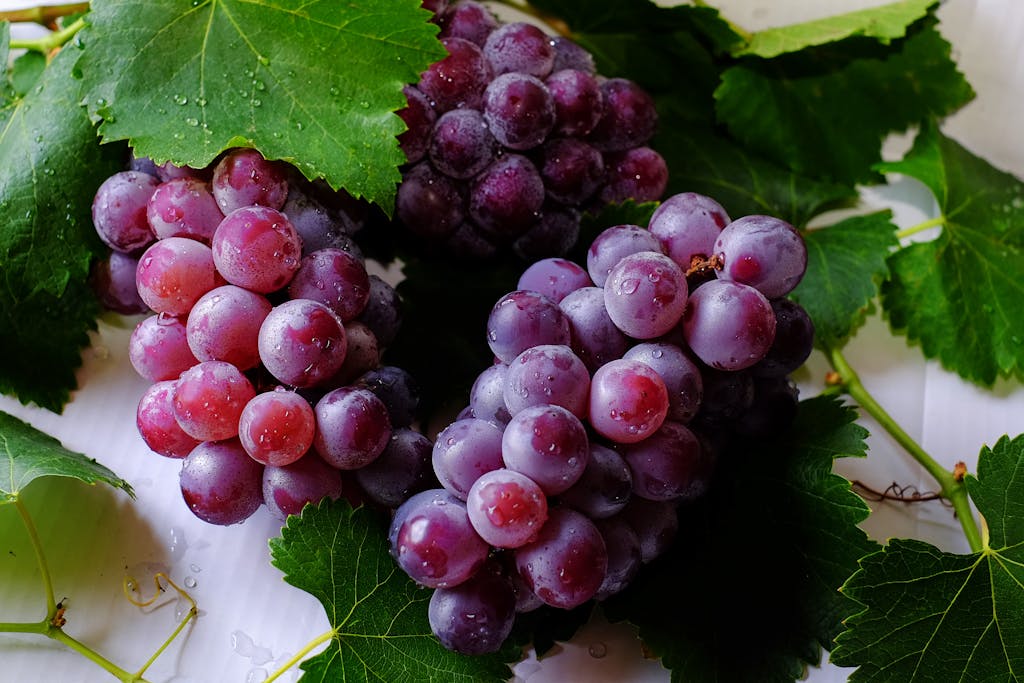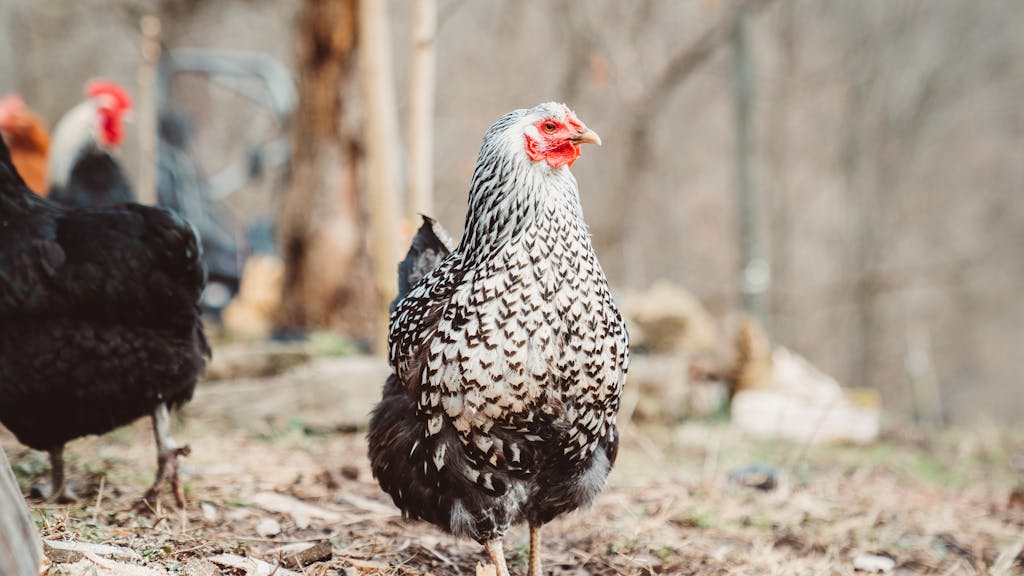Best Bedding for Pigs: A Comprehensive Guide to Choosing the Right Type
When it comes to raising pigs, providing them with the right bedding for pigs is crucial for their comfort and health. The best bedding option for pigs should be comfortable, clean, and safe for them to sleep and rest on. As a piggy parent, it’s important to choose the right bedding that meets these criteria to ensure your pigs are happy and healthy.
One of the most important factors to consider when choosing the best bedding for pigs is the material. Most commonly used bedding materials for pigs include straw, wood shavings, sawdust, and dried grass.
Each material has its pros and cons, and it’s important to choose the one that suits your pigs’ needs and preferences. Comfortable bedding is essential for pigs to rest and sleep, which is crucial for their overall health and well-being.
In addition to comfort, clean bedding is equally important for pigs. Dirty bedding can lead to health problems, such as respiratory issues, infections, and skin irritations. Therefore, it’s important to regularly clean and replace the bedding to maintain a healthy and hygienic environment for your pigs. By choosing the right bedding and maintaining its cleanliness, you can ensure your pigs are happy, healthy, and comfortable.
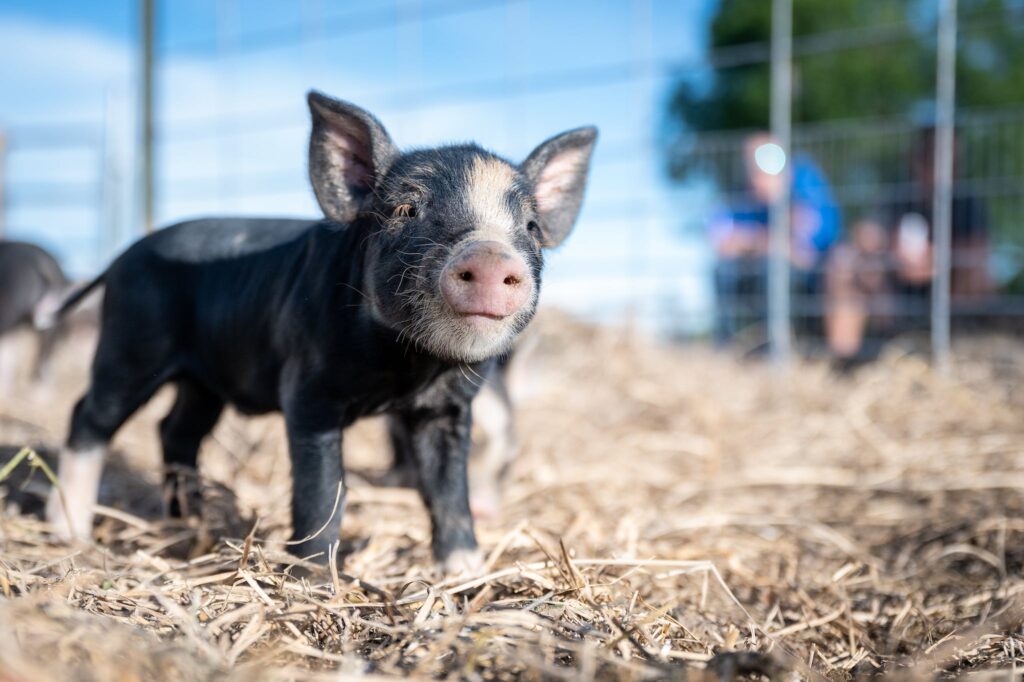
Understanding Bedding Basics
As a responsible pig owner, providing a comfortable and safe living environment for your pigs is of utmost importance. One of the key components of this environment is the bedding. Bedding serves several purposes such as providing comfort, absorbing moisture, and reducing odor. In this section, we will discuss the basics of pig bedding, including the types of bedding and the pros and cons of different bedding materials.
Types of Bedding
There are several types of bedding that are commonly used for pigs, including straw, wood shavings, sawdust, and paper. Each type has its own set of advantages and disadvantages.
Straw is a traditional bedding material that is widely used in pig farming. It is relatively cheap and readily available. However, it can be difficult to manage and can also harbor bacteria and parasites.
Wood shavings are another popular choice for pig bedding. They are absorbent, easy to handle, and can be relatively inexpensive. However, they can be dusty and may cause respiratory issues for both pigs and their handlers.
Sawdust is similar to wood shavings but is finer and more absorbent. It can be more expensive than other types of bedding but is also easier to manage.
Paper bedding is a relatively new option that is gaining popularity. It is highly absorbent and easy to handle. However, it can be expensive and may not be readily available in all areas.
Bedding Material Pros and Cons
When choosing a bedding material for your pigs, it is important to consider the pros and cons of each option. Here are some of the key factors to consider:
- Environmental impact: Some bedding materials, such as straw and wood shavings, are renewable resources and may be more environmentally friendly than other options.
- Health problems: Some bedding materials, such as straw, can harbor bacteria and parasites that can cause health problems for your pigs.
- Respiratory issues: Dusty bedding materials, such as wood shavings, can cause respiratory issues for both pigs and their handlers.
- Cost: The cost of different bedding materials can vary widely, so it is important to consider your budget when making a decision.
Choosing the right bedding for your pigs is an important decision that can impact their comfort and health. By understanding the basics of pig bedding and considering the pros and cons of different materials, you can make an informed decision that will benefit both you and your pigs.
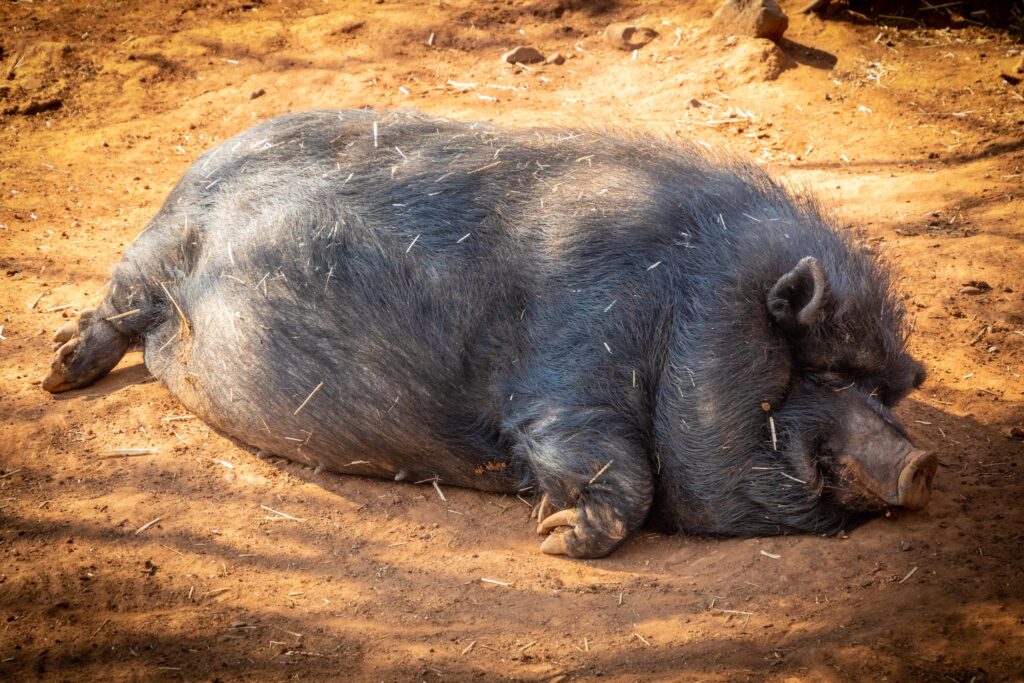
Choosing the Right Bedding
When it comes to choosing the right bedding for your pigs, there are several factors to consider. The bedding you choose should be comfortable for your pigs and also easy to maintain. In this section, we will discuss the best options for indoor and outdoor pigs.
Best Options for Indoor Pigs
For indoor pigs, there are several good options for bedding. Fleece liners are a popular choice as they are soft and comfortable for your pigs to lie on. They are also easy to clean and can be reused multiple times. Paper bedding is another good option as it is absorbent and can help to control odors. However, it is important to choose a paper bedding that is safe for your pigs to ingest.
Optimal Bedding for Outdoor Pigs
When it comes to outdoor pigs, the bedding you choose will depend on the weather conditions in your area. In colder climates, wood chips or straw bedding can provide insulation and help to keep your pigs warm. However, in warmer climates, these types of bedding can hold in heat and make your pigs uncomfortable. In this case, it is best to choose a bedding that is breathable and allows for good air circulation. Paper bedding can be a good option for outdoor pigs in warmer climates as it is absorbent and can help to control odors.
Overall, when choosing bedding for your pigs, it is important to consider their comfort and well-being. By choosing the right bedding, you can ensure that your pigs are happy and healthy.
Bedding Management and Maintenance
Proper management and maintenance of pig bedding is crucial for the health and well-being of your animals. In this section, we will cover the key aspects of bedding management and maintenance that you need to know.
Cleaning and Replacement
Keeping your pig bedding clean is essential to prevent the spread of disease and maintain good health. You should aim to clean your pig bedding at least once a week, or more frequently if necessary.
To clean your pig bedding, remove any solid waste and soiled bedding with a shovel or scraper. Then, use a hose or pressure washer to thoroughly clean the area. Be sure to use a disinfectant that is safe for pigs, and follow the manufacturer’s instructions for use.
It is also important to replace your pig bedding regularly. The frequency of replacement will depend on the type of bedding you use and the number of pigs you have. As a general rule, you should replace your bedding when it becomes soiled or wet.
Disposal and Composting
Disposing of pig bedding can be a challenge, but it is important to do so safely and responsibly. If you have a small number of pigs, you may be able to dispose of your bedding in your regular household waste. However, if you have a larger number of pigs, you may need to use a waste exemption or contact the Environment Agency for guidance.
Composting is a popular option for disposing of pig bedding, as it is environmentally friendly and can provide a valuable source of fertilizer. To compost your pig bedding, you will need to create a compost pile and add your bedding to it. Be sure to follow best practices for composting, such as maintaining the correct temperature and moisture levels.
In the long run, proper bedding management and maintenance can save you time and money, as well as improve the health and well-being of your pigs. By following these guidelines, you can ensure that your pigs have clean and comfortable bedding, while also protecting the environment and complying with regulations.

Health and Comfort Considerations
When it comes to choosing the best bedding for your pigs, it is important to consider both their health and comfort. By providing a clean and comfortable environment, you can help prevent respiratory problems and ensure your pigs are happy and healthy.
Avoiding Respiratory Problems
Respiratory problems are a common issue in pigs, and can be caused by a variety of factors including poor air quality and exposure to harmful particles. To help prevent respiratory problems, it is important to choose bedding that is low in dust and has a small particle size. Fleece bedding can be a good option as it is soft and absorbent, but it is important to ensure that it is cleaned regularly to prevent bacterial growth.
Ensuring Pig Comfort
In addition to preventing respiratory problems, it is important to provide your pigs with comfortable bedding. This can help reduce stress and promote good health. Comfortable bedding should be soft and absorbent, and should provide adequate support for your pigs. Some good options include straw, wood shavings, and shredded paper.
To ensure maximum comfort, it is important to keep your pig’s environment clean and free from harmful particles. Regularly cleaning the bedding and providing fresh water and food can help keep your pigs healthy and happy.
Overall, choosing the right bedding for your pigs is an important decision that can have a big impact on their health and well-being. By considering factors such as respiratory problems, comfortable bedding, and a clean environment, you can help ensure that your pigs are happy and healthy.
Cost-Effectiveness and Sustainability
When it comes to choosing the best bedding for your pigs, cost-effectiveness and sustainability are important factors to consider. By selecting the right bedding, you can save money in the long run and make an eco-friendly choice.
Long-Term Savings
While some bedding options may be cheaper initially, they may not be the most cost-effective in the long run. For example, using straw as bedding may seem like a great way to save money, but it requires frequent replacement and can add up in cost over time. On the other hand, using wood shavings or sawdust may cost more initially, but they last longer and require less frequent replacement, ultimately saving you money.
Another factor to consider is the amount of bedding needed. Using a high-quality bedding material that absorbs moisture well can reduce the amount of bedding needed and save you money in the long run.
Eco-Friendly Choices
In addition to cost-effectiveness, sustainability is also an important factor to consider when selecting pig bedding. Choosing an eco-friendly option can help reduce your environmental impact and promote organic matter recycling.
One option is to use recycled paper bedding. This bedding is made from recycled paper and is biodegradable, making it an eco-friendly choice. Another option is to use wood shavings or sawdust from sustainably managed forests.
Choosing the right bedding for your pigs can have a significant impact on your cost-effectiveness and sustainability. By considering the long-term savings and eco-friendly options, you can make an informed decision that benefits both you and the environment.

